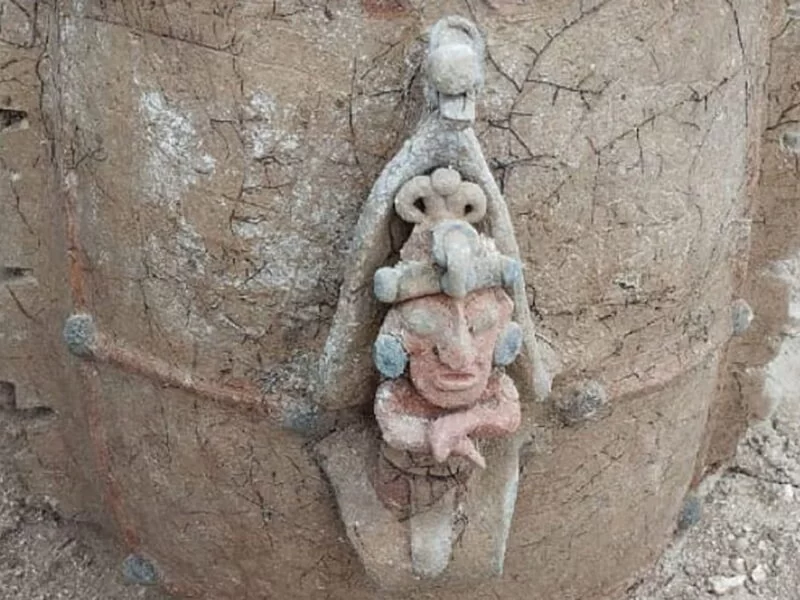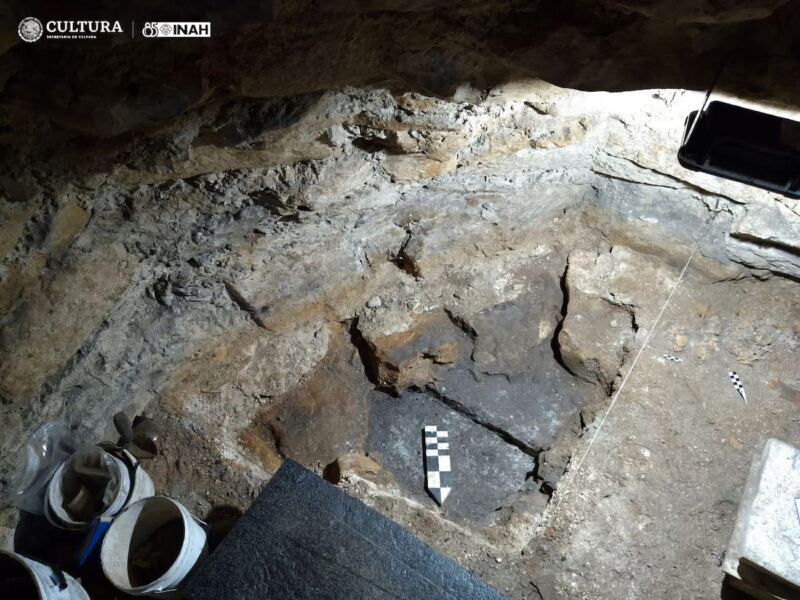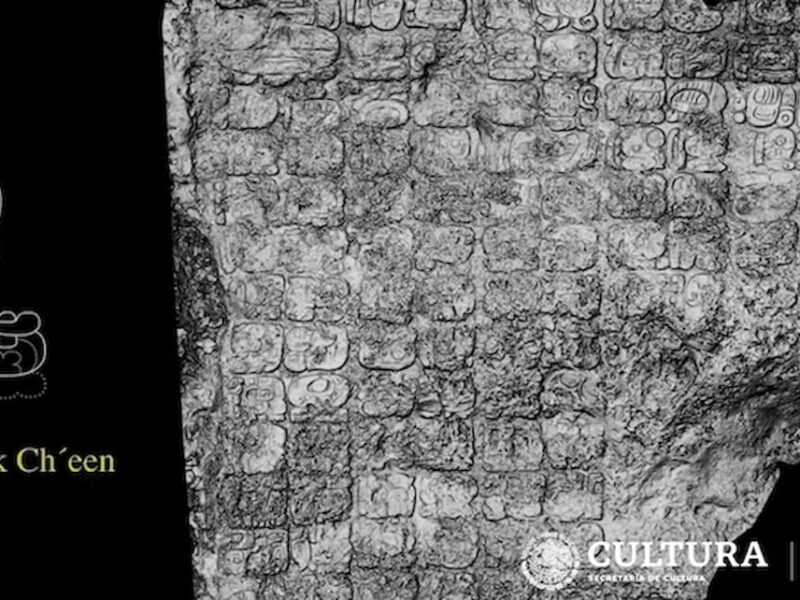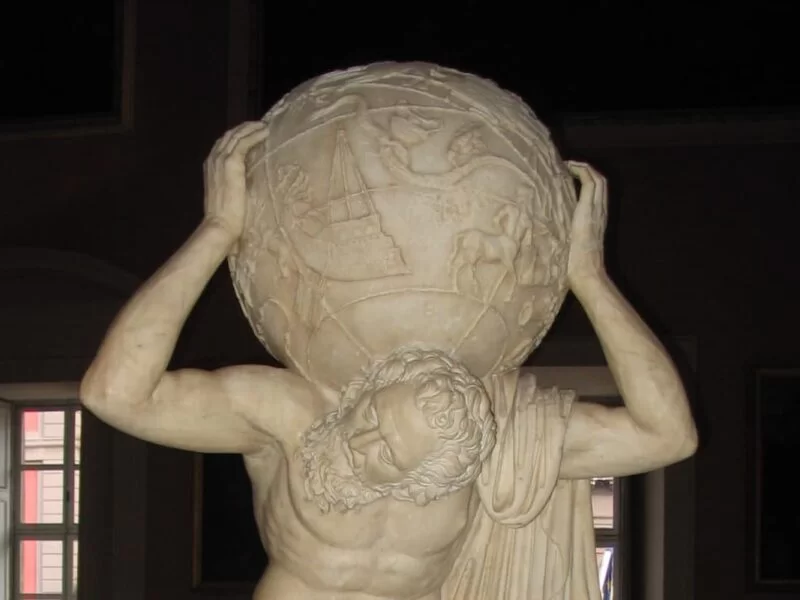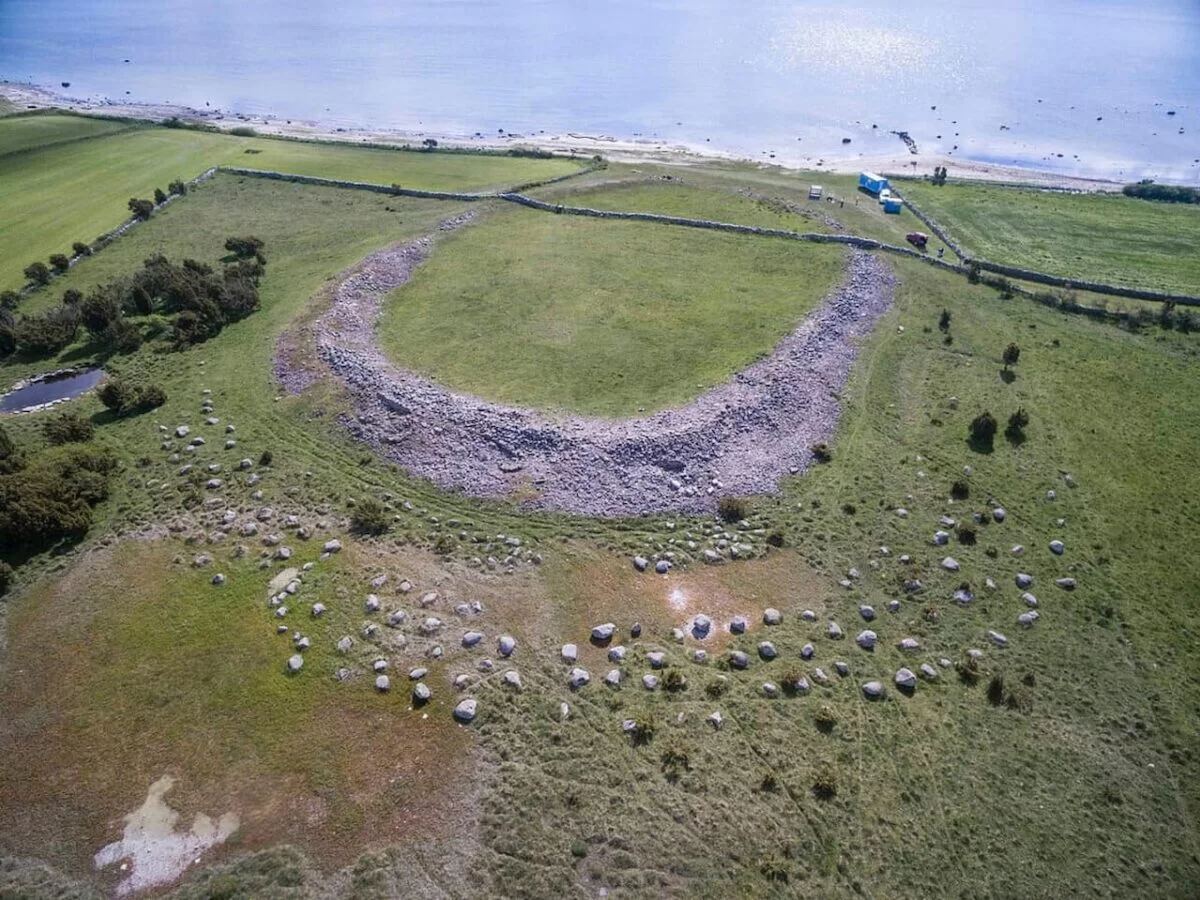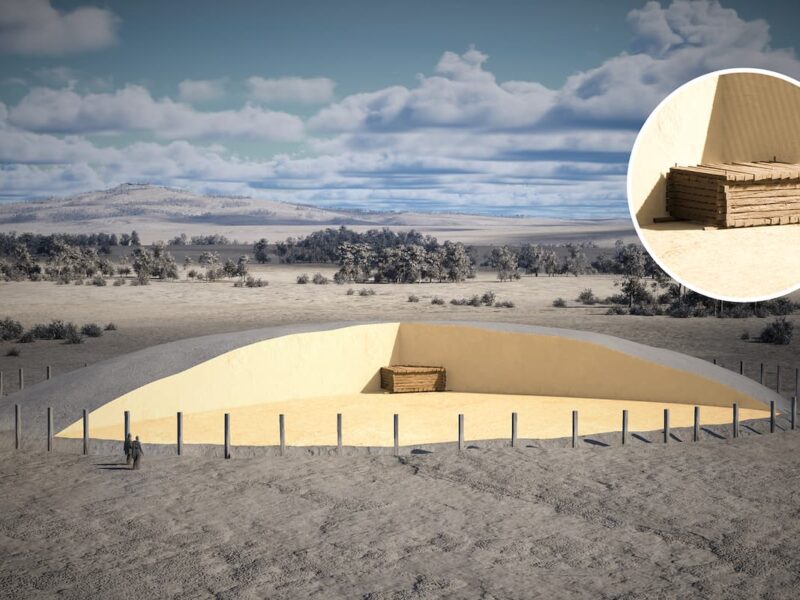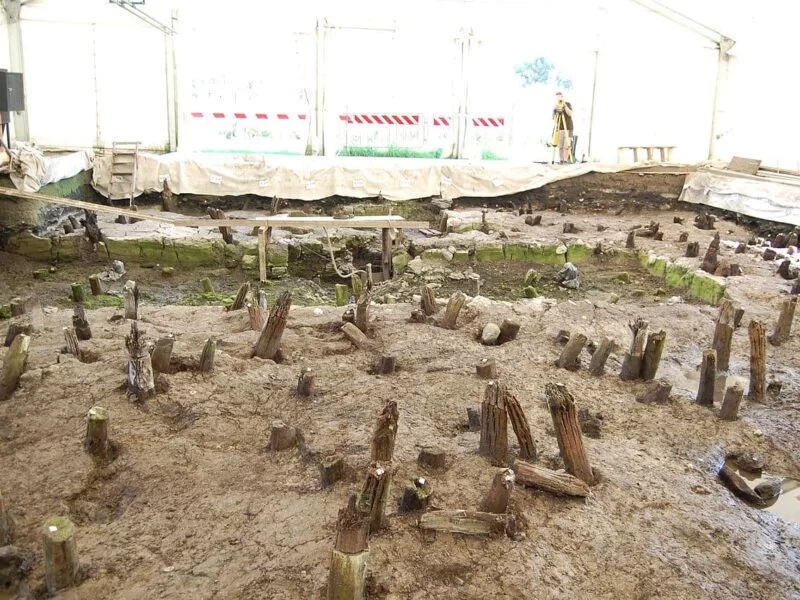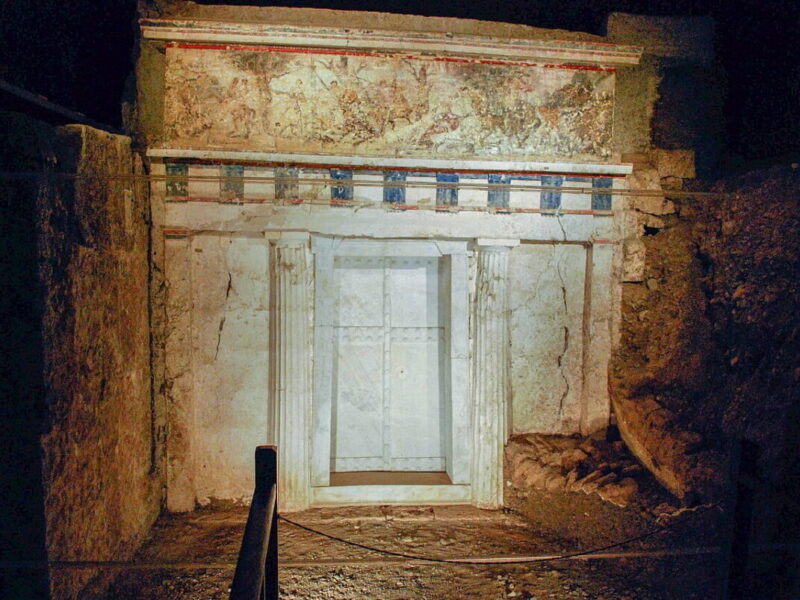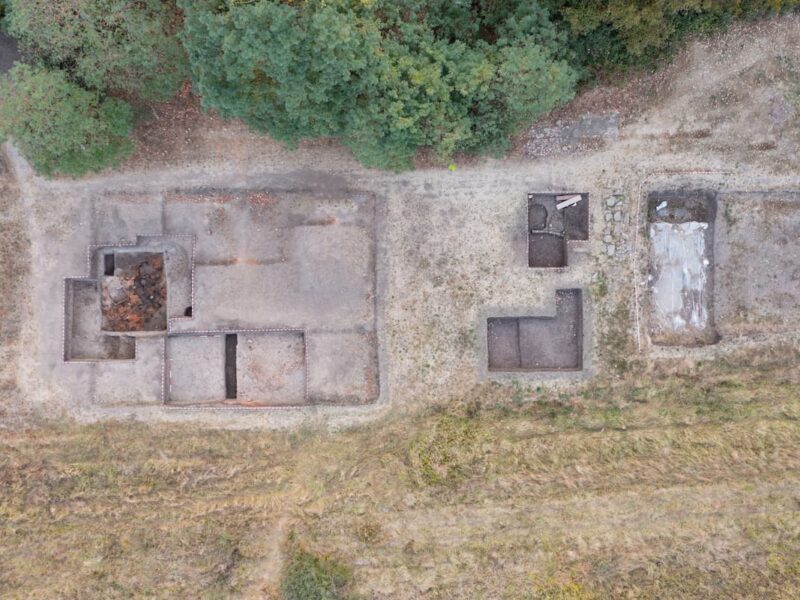The recent archaeological discovery in the Dzibanché Archaeological Zone, Quintana Roo (Mexico), has provided new insights into the grandeur of the Kaanu’l dynasty, one of the most influential in the ancient Mayan civilization.
Under the serpent emblem, known as “kaan” in the Mayan language, this powerful lineage ruled vast territories that today include parts of Mexico, Belize, and Guatemala, consolidating its hegemony during the Early Classic period.
This find, carried out by the National Institute of Anthropology and History (INAH) through the Archaeological Zones Improvement Program (Promeza), has led to the identification of stucco-modeled reliefs decorating the facades of two platforms.

The discovery has been hailed as a significant achievement in the research of this dynasty. The platforms are located in the western area of Ball Court II, an area that had already been explored in previous seasons, but whose architectural details are only now coming to light.
The reliefs, made with artistic precision that demonstrates the high level of Mayan civilization, depict scenes combining figures of guardians, ancestral celestial figures, and mythical animals, all elements that reinforce the importance of the serpent as a symbol of power and divine ancestry for the Kaanu’l dynasty.
One of the most fascinating scenes found shows two guardians watching over a pedestal, which likely housed a sculpture of a Kaanu’l ruler, according to the glyphs adorning the podium. On another platform, a depiction of ancestors appears to inhabit the night sky, surrounded by stars and serpents, suggesting a fusion of Mayan and Teotihuacan iconography.

This blend of cultural influences highlights the level of exchanges between different pre-Columbian civilizations. A third relief includes mythical animals associated with constellations, a recurring theme in Mayan cosmological beliefs.
The conservation of these relics has been a delicate process, as the stuccos retain traces of red, blue, yellow, and black pigments, requiring restorers to proceed with extreme caution. Humidity and exposure to the open air further complicate this work, which began in December 2023 and is expected to continue until late 2024. In this regard, the team of 98 people working at Dzibanché, consisting of archaeologists, restorers, architects, and other specialists, faces the challenge of deciding whether to leave the reliefs exposed to the public or to cover them again to ensure their preservation.
In addition to the archaeological work, photographs have been taken that could, in the future, be used to generate photogrammetric models. These models would not only facilitate the creation of replicas for exhibition but also allow experts to study the details of the reliefs without compromising their integrity. This approach demonstrates the commitment of INAH and Promeza to preserve Mexico’s cultural heritage while advancing its study.
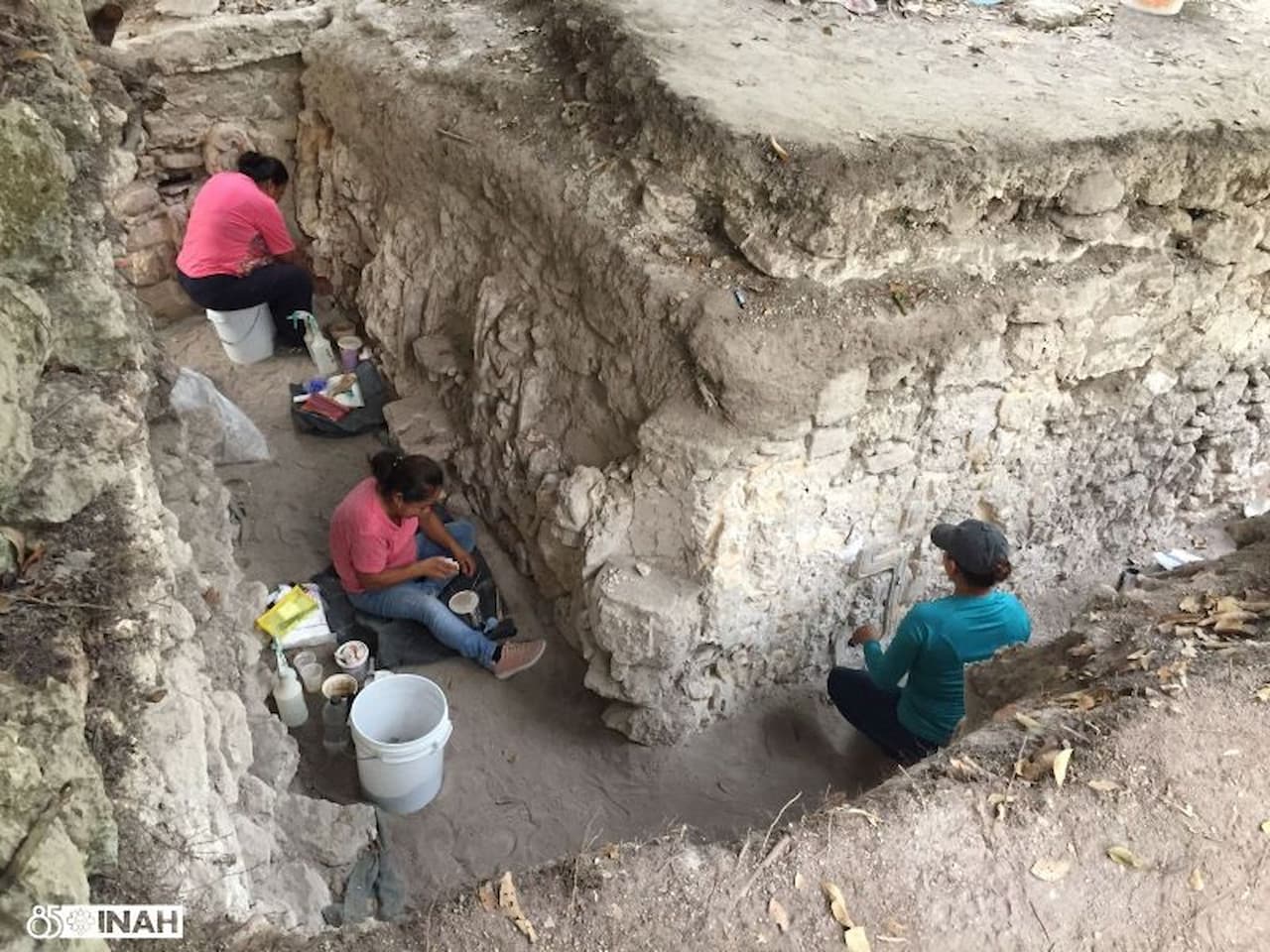
The discovery of these reliefs in Ball Court II has surprised specialists, who did not expect to find such elaborate decorations in this particular area. However, as Sandra Balanzario Granados, director of Promeza in Dzibanché, explains, these findings underscore the importance this place held for the Kaanu’l dynasty. This dynasty not only left an impressive architectural legacy but also forged a bond between rulers and deities through the serpentine iconography that characterizes these reliefs.
The temporal context of the stucco reliefs coincides with the peak of Dzibanché between 500 and 600 A.D., when the city reached its height under Kaanu’l rule. Later, the dynasty split into two branches, one of which settled in Calakmul, another important Mayan city.
Finally, it is worth mentioning that, in addition to the reliefs, Promeza has enabled the restoration of other significant buildings in Dzibanché, such as the Temple of the Owl and the Temple of the Cormorants. This joint effort between archaeologists and restorers is bringing one of the most emblematic cities of Mayan culture back to life, helping to better understand the role of the Kaanu’l dynasty in Mesoamerican history.
Discover more from LBV Magazine English Edition
Subscribe to get the latest posts sent to your email.


